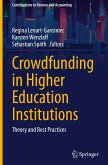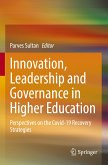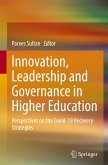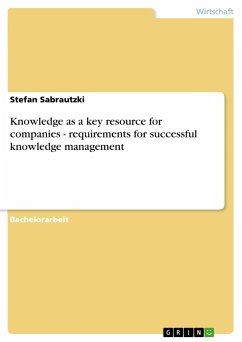Knowledge is power and, therefore, it is the core element for a company to be successful. In this study I examined which strategies enhance knowledge-sharing practices and processes among HEI's co-workers in order to create new competitive niches. This is especially important in times of ongoing change at an international level as HEIs seem to be increasingly in competition among one another for funds and students' intake. The study is based on the theoretical framework of Nonaka & Takeuchi's SECI model of knowledge creation (1995). The main focus of the book is the socialization dimension, hence, the face-to-face communication between co-workers and their shared experiences and skills: the 'tacit to tacit' knowledge-sharing in the socialization process as all knowledge derives from tacit knowledge originally. As a result of the resource-based view on strategy, the key properties of a knowledge-enabling environment (called 'ba') have been analyzed where tacit knowledge receives its attention by creating space and time for the tacit knowledge to emerge. The tacit dimension appears to be a key asset for HEIs in order to gain a position of competitive advantage in the market place.








